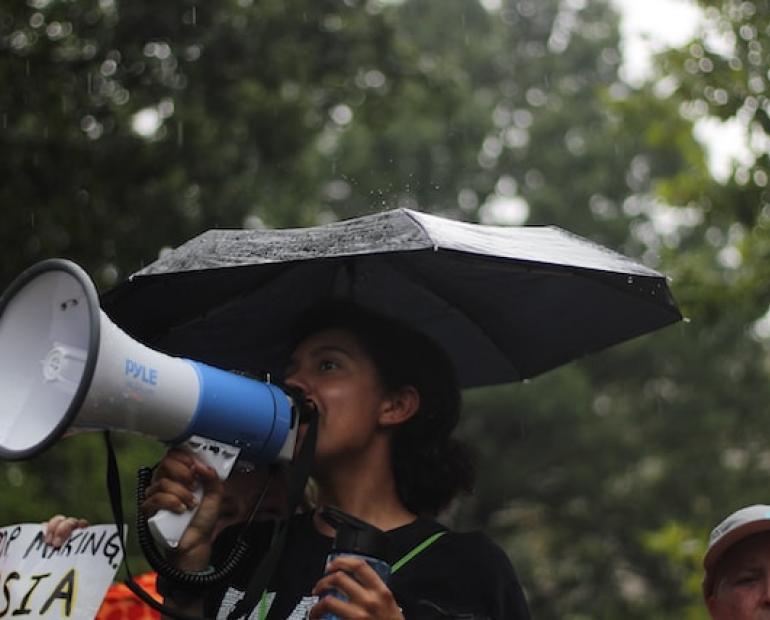
The COVID-19 pandemic has resulted in the total closure of schools in about 192 countries all over the world with 91.4% of the total number of enrolled learners in these countries temporarily forced out of school (UNESCO, 2020). It is pertinent to observe that disruption in learning activities in schools affects not only learners, educators, and families, but has sweeping mental, social and economic aftermath.
Suspension of the operation of schools in reaction to the scourge has exposed the negligence on the part of the government in their successions on e-learning, education infrastructure, displaced persons, as well as access to free and compulsory qualitative basic education and host of other educational facilities. The shutdown of schools would automatically affect the education quality negatively because of disruptions in learning, break-in curriculum delivery, impediments in conducting tests and examinations, and a reduction in the length of the school year in many countries of the world.
It is worth noting that the unexpected closure of schools can cause untold hardships for students, teachers, parents as well as society greatly. This academic performance and interest of students will be affected negatively. Unproductive engagement of students could lead to youth engagement in antisocial activities, demotivation in learning, and deficiencies in academic achievement.
It cannot be ruled out that, usage of educational technology can correct the negative sides of school activities disruptions; however, the result of two-way classroom communication between the students and teachers remains irreplaceable. Beyond that, many students do not have the means to access functional educational technology devices which hinder their potentials to at least optimize their academic engagements through technological-packed devices during school closures.
Critical challenge areas include the inadequate time for thorough readiness on the part of the teachers for the online delivery of the lesson, insufficient funding commitment, the inability of parents to supervise their children at home, inadequate supervision from the quality assurance team in assessments and lack of monitoring (Mahaye, 2020).
Accessing Information and Communication Technology (ICT) tools is a major challenge viz: the inadequate tools and coverage of internet is always low, with only a few governments of countries showcase support or plan to provide free internet package to poor households. While the response is to ensure that learning continues, the conditions may not be ideal as some teachers have not been trained to teach from home and this is a different ball game in the pedagogical approach.
In some homes, radio/TV is monopolized and this is a real challenge, in a situation where there is only one TV in most families. And if the head of the family is not educated or has no interest of his/her children's education at heart, he/she will deny the children the chance to be engaged academically if there is a particular program to be viewed on the TV. Unless there is a deliberate advocacy and clear communication from governments for parents to permit their wards to use the radio and TV, learning through the device will be impossible. Besides it is the responsibility of every stakeholder of the education to spread the awareness regarding educational use of electronic devices.
Government in their successions have continued to build walls around our educational system by refusing to invest massively in the education sector but paying lip service with it by allocating meager amounts as education budget annually. Since independence, the government has been ceaselessly building walls around the education sector by refusing through their policies in the sector to be innovative, creative and versatile in advancing with agility the decolonization of education and, even if they do, implementation is a major problem.
The unexpected closure of schools for Coronavirus pandemic happened with noticeable possible future effects on the education sector around the world in spite of the fact that the choice for the closure of schools seems to be in a right direction for containing and curtailing the Coronavirus pandemic. The providential disruption in schools’ activities globally is a sign to revalidate the imperative for the adoption and implementation of the greatest advancement technologies in education.
The sudden appearance of the Coronavirus pandemic has served as leverage for a paradigm shift in the demand for online education globally. The use of technology in education has a possible force to facilitate education from any location including remote areas and homes. Consequently, as the whole world is battle-ready to contain and curtail Coronavirus pandemic or any other future occurrences, the use of digital tools or technology in education in any platform would become the emergence of actuality for schools, teachers as well as students.
It is imperative in a sincere manner to select means and make attempts in order not to abandon students with little or no access to Information and Communication Technology devices. The hurting actuality of the digital divide in India and Jammu and Kashmir in particular has to be in a strategic manner and methodologically managed so as to extend it to millions of vulnerable students must be prioritised by the state in this time of crisis.
As in Kashmir, the best use of ICT devices, is a mere dream as everyone can understand how hectic it can be on the low speed internet. Technologies in education should be seen as the mover of teaching and learning processes ahead in the face of the pandemic, as digital technologies drive the 21st century education system where educators are seen as facilitators, motivators and mentors of learners and not the sole owners of knowledge. Any government that discards the idea to adopt and adapt to the rapid advancements in technology in the education system will soon learn in hard ways as the world remains global village and technology is the only key to globalization of knowledge.
It is not a gainsaying that Coronavirus pandemic has been accompanied by untold hardship on all aspects of human engagements throughout the whole world, viz: education, social interactions, sports, religion worship, economy, and even political activities. Unarguably, the pandemic has caused anguish on people globally the fact of the scenario was herculean to endure, and the teaching and learning activities suffer the most devastating effect of the COVID-19.
With the emergence of Coronavirus in India, the lapses and shortcomings in our education system have been exposed for the world to see, particularly non-digitalisation of the sector. It is time for the government to invest heavily on the education sector, if possible, the implementation of UNESCO’s recommendation of 26% of budgetary allocation for education.
The measures embarked upon by authorities are just conservative in nature and the fact remains that the government is yet to consider that fact that this pandemic could remain longer than expected because the curve has not flattened yet. Thorough planning backed with policy thrust is imperative in the education sector in order to reduce any heavy blow from future occurrences. Last but not least, training and retraining of teachers on online teaching and learning approaches and on how to assess/evaluate students is quite fundamental at this critical time and for the future. As this guarantees the teachers’ proficiency footings are sufficient to maintain the use of instructional technology media in the curriculum content delivery. There is no other time than this to advance major education re-design and development in practical terms.






